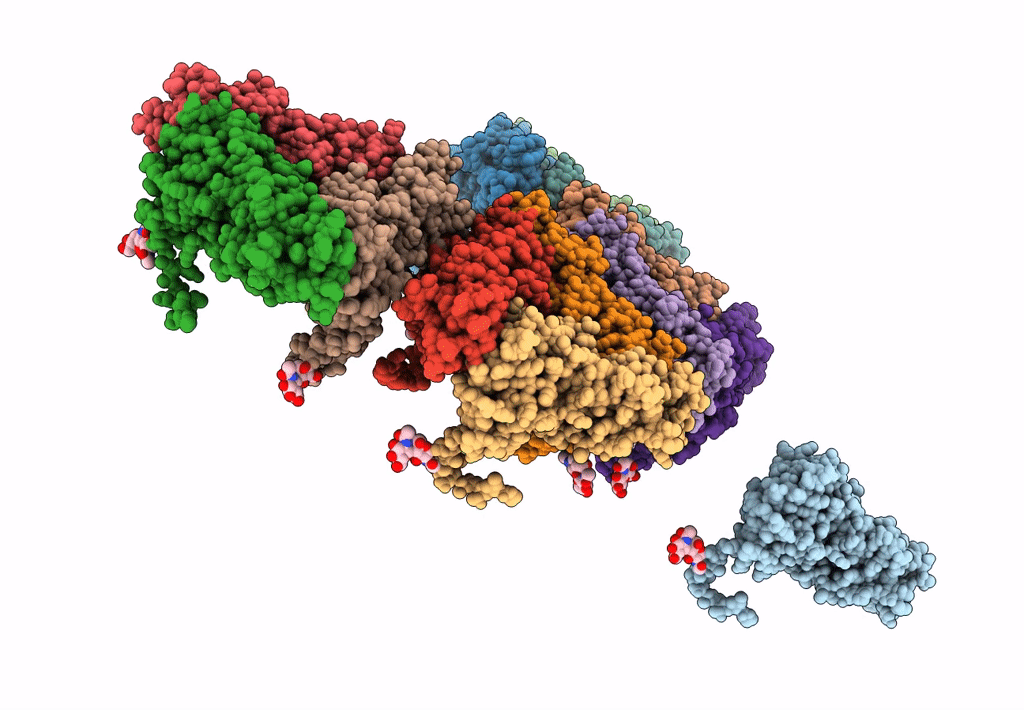
Deposition Date
2009-04-07
Release Date
2009-07-14
Last Version Date
2024-10-30
Method Details:
Experimental Method:
Resolution:
3.80 Å
Aggregation State:
PARTICLE
Reconstruction Method:
SINGLE PARTICLE


